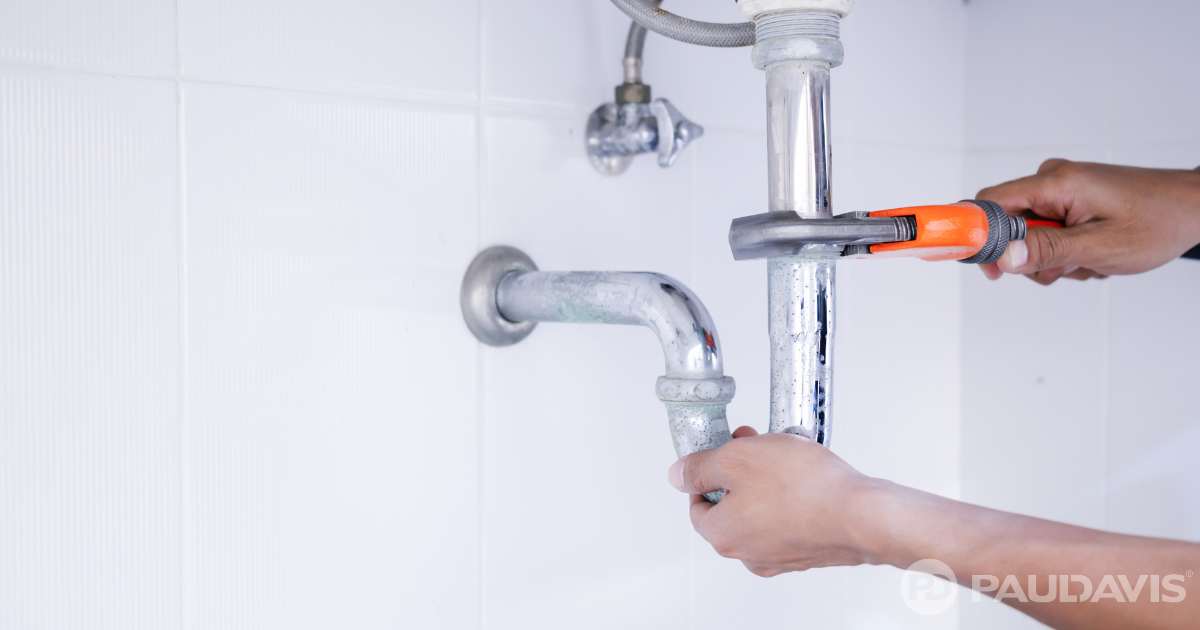
We’re spoiled by bathrooms we frequent in the privacy of our homes. Yes, we clean them regularly and restock paper products as needed. Otherwise, they quietly function day in and day out. Calling a plumber once a year would be exasperatingly often. Public restrooms, in contrast, are very high-maintenance locales visited by an exponentially greater number of people. Any of them could become very unhappy by their experiences there.
“Public restrooms hog attention and hike building budgets,” says Mickey McHenry, President of Paul Davis of South Atlanta. “Those facilities see high-volume use, so they demand frequent cleaning, inspection, maintenance and parts replacement. And if a commercial property owner shirks these duties? Complaints roll in. Worse, a fixture leaks, a sink drips and someone slips on a wet floor. That’s a liability owners really don’t want.”
McHenry urges property owners and managers to be alert for – and preemptively address – three common leaks that can make public restrooms hazardous.
- Pipe and fixture leaks: With constant use, fixtures and parts need frequent repair, replacement and inspection by a qualified plumber. Don’t make the mistake of thinking problems are usually clearly visible because many start small behind walls or under tiles. Be alert for telltale signs of hidden leaks: bulging walls, crumbling plaster, blistering paint, mouldy patches, water stains, cracked or loose tiles and grout gaps. Be suspicious of inexplicably higher water bills, too.
- Upper floor leaks: In multistory structures, restrooms are usually stacked atop one another to take advantage of a “wet wall”: a wall that concentrates plumbing pipes and drains into one location. This simplifies building construction and servicing but also means that some leaks may trickle down from higher floors. That puddle in the ground floor loo? It may indicate a second-floor potty is problematic.
- Overflows and clogs: Public restrooms are notorious for stinky clogs and overflows. People discard items in public toilets and sinks that plumbing isn’t designed to handle, and they do so at a far higher rate than in their own bathrooms. This particular leak creates lasting impressions: a whopping 86 percent of public restroom users surveyed said that a clogged or overflowing public toilet would negatively impact their perception of a business.
“Fortunately, more and more builders understand how serious public restroom leaks are,” McHenry says. “Technologies like leak detection systems and automatic shut-off valves are economical, fairly easy to install and provide excellent protection.”
